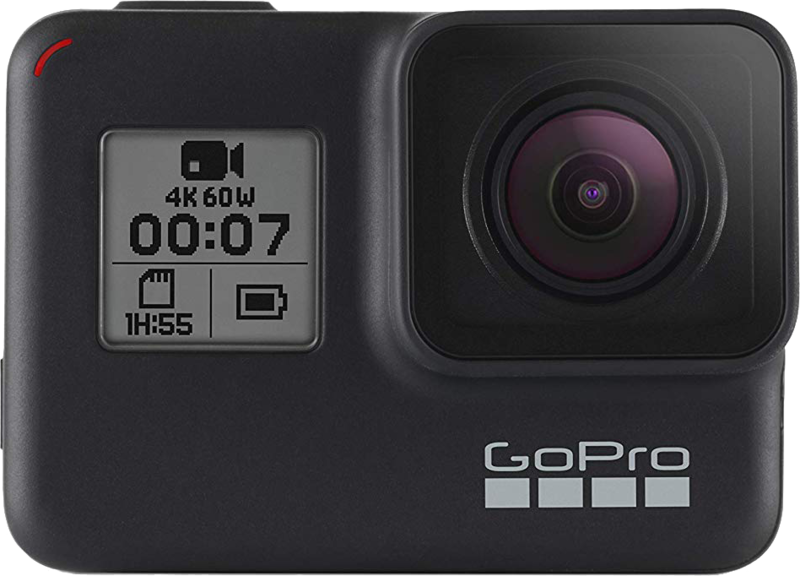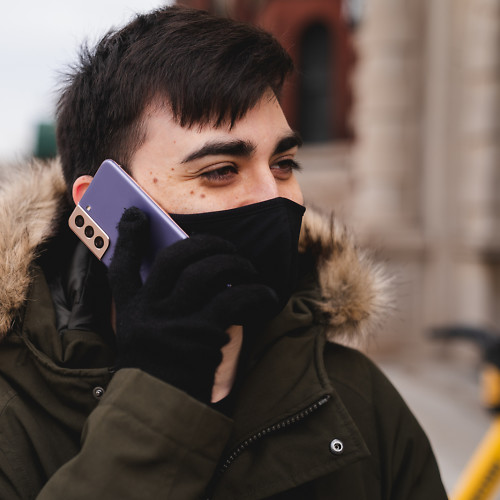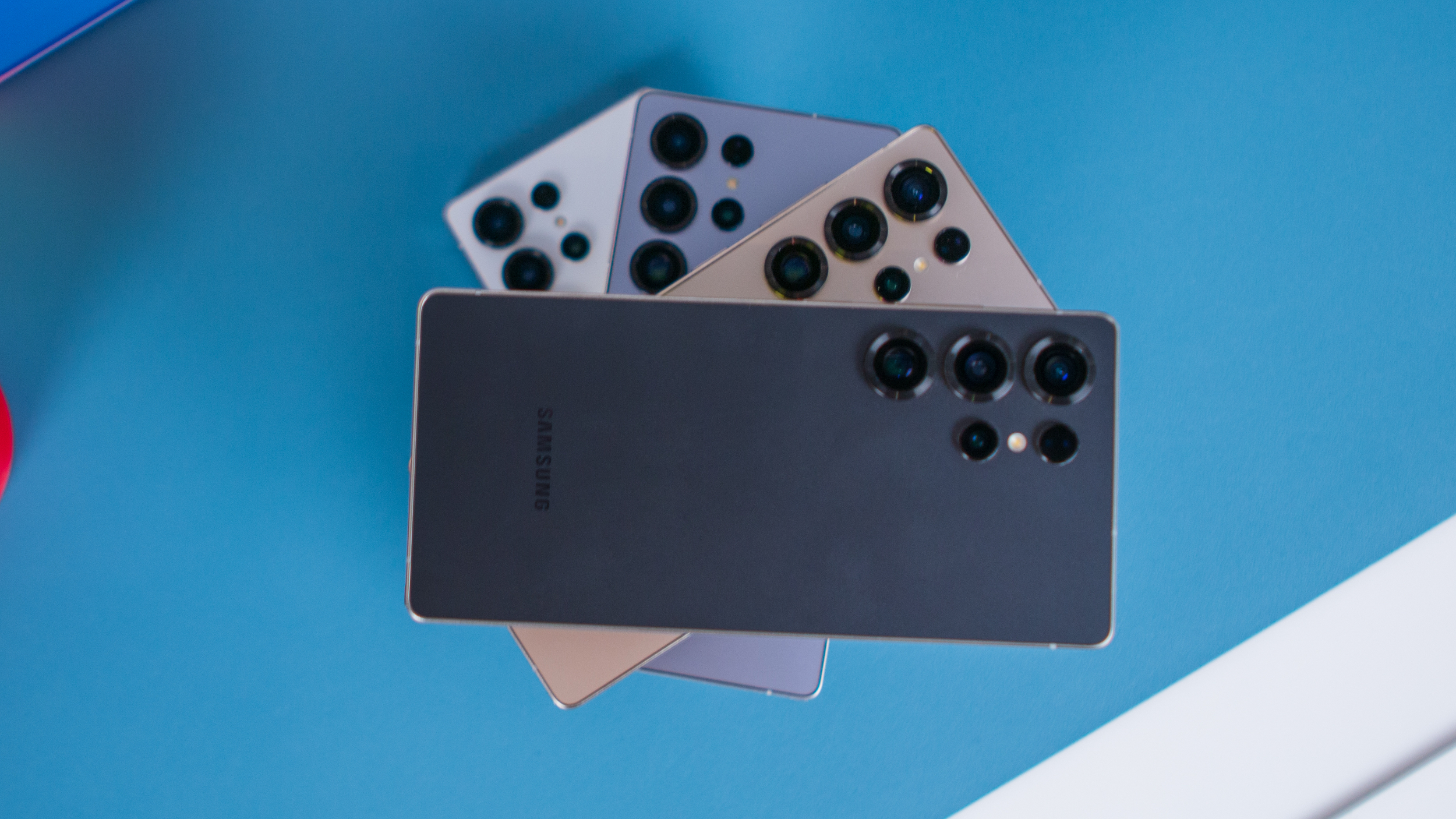DJI Osmo Pocket vs. GoPro HERO7: Which stabilized camera should you buy?

DJI Osmo Pocket

Too much motion can trip up a gimbal, but the Osmo Pocket is ideal for vlogs and smooth, steady shots. Its built-in USB-C port makes it easy to transfer footage to other devices, and you can charge while you're filming.
DJI Osmo Pocket
Vlogging made easy
GoPro HERO7

Specialized for high-energy shots, the HERO7 can be mounted to almost anything and supports high frame rates for slow motion captures. It's built to withstand hard falls and water, making it great for filming sports.
GoPro HERO7
High-energy champ
With both cameras sitting at similar price points and each boasting smooth, stabilized video as a primary feature, it's easy to look at the GoPro HERO7 and DJI Osmo Pocket and immediately want to compare the two. That being said, action cameras and gimbals aren't necessarily intended for the same purposes, and the best option will mostly come down to what kind of footage you like to shoot, rather than the pros and cons of each specific camera.
Gimbal versus action camera
Truth be told, these two cameras, while similar in theory, are two completely different animals. GoPros have always been marketed as durable action cameras; it's much more durable and rugged than the Osmo Pocket, and its wider angle camera is more accommodating for high-energy videos like sporting events and concerts.
The Osmo Pocket doesn't try even to compete in this field — it's a gimbal, after all, you aren't going to clip it onto your longboard or your guitar's headstock. Instead, it's better-suited for smooth, steady videos like a walk-and-talk vlogging shot or even a floating pan around a product.
| Header Cell - Column 0 | DJI Osmo Pocket | GoPro HERO7 |
|---|---|---|
| Sensor size | Value | Value |
| Resolutions | 4K (up to 60fps), 1080p (up to 120fps) | 4K (up to 60fps), 2.7K (up to 120fps), 1080p (up to 240fps), 720p (up to 240fps) |
| Battery | 875mAh | 1220mAh |
| Mic input | Yes (adapter required) | Yes (adapter required) |
| Max bit rate | 100 Mbps | 78 Mbps |
| Weight | 116g | 116g |
| Waterproof | No | Up to 10m |
With that in mind, there are some key differences between the cameras that could sway you in one direction or the other, regardless of your intended use case. The first is form factor and durability. The HERO7 is a small, rectangular camera that supports a number of accessories like a waterproof housing or an adhesive mounting. The Osmo Pocket is a tiny stabilized camera with a handle that makes it easy to hold or tuck into a pocket, but it doesn't feature any water resistance or durability ratings.
Both cameras feature a built-in display for framing your shot, and each can mirror that feed to your phone for a larger display and a selection of manual controls. Both cameras also shoot video at up to 4K60p, though the GoPro notably supports much higher frame rates at lower resolutions, going all the way up to 240fps in 1080p.
Get the latest news from Android Central, your trusted companion in the world of Android
As far as the image quality itself, your preference will largely depend on your priorities. The HERO7 features GoPro's signature wide angle look, which fits a ton of content within the frame but can often distort your image (though there's an option for a narrower field of view). It also has a more saturated look than the Osmo Pocket, which some may prefer for quick edits.
Both cameras are meant for different purposes, but they're versatile enough to work in most situations.
On the other hand, while the Osmo Pocket's output is less saturated by default than the HERO7's, it has a considerably better dynamic range. This means that if you take the time to color grade your shots in post, you're less likely to suffer from clipping when pushing colors.
Both cameras also have a USB-C port that allows you to both quickly transfer footage to your phone or computer, and charge the battery — even while you're filming. The GoPro does edge ahead a bit here with its removable battery, which means you can easily pop in a spare and not be tethered to a battery pack when the battery dies.
The HERO7 features voice commands that let you take a photo or video hands-free, which can be extremely useful when it's out of your reach — say, if it's mounted to the ceiling. It also supports live-streaming to sites like Facebook and YouTube, which many will appreciate over the Osmo Pocket.
Ultimately, both cameras are fantastic ways to get smooth and stable video without relying entirely on your phone or carrying a heavy, bulky DSLR. The GoPro is, as always, specialized for action shots while the Osmo Pocket is more meant for deliberate and slow movements, but you can make either camera work beyond its intended purpose.

Hayato was a product reviewer and video editor for Android Central.
